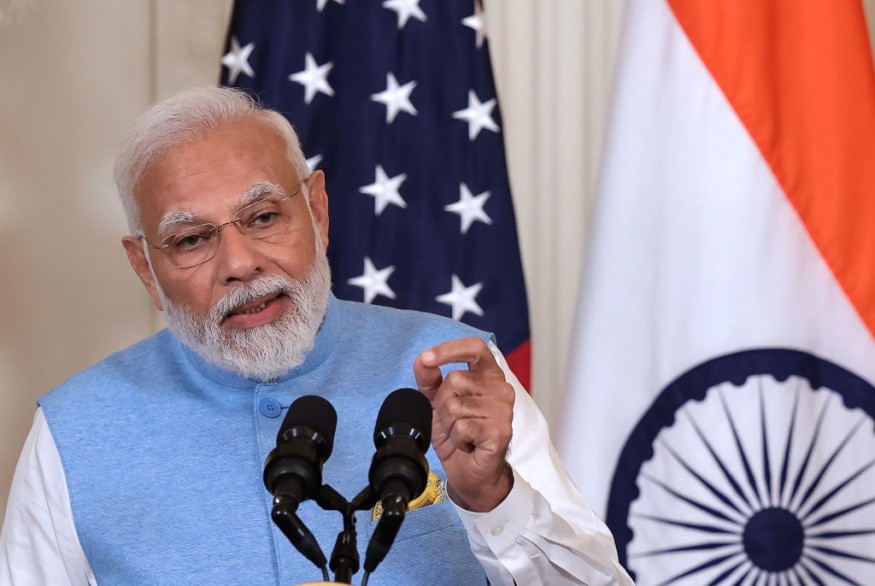The Indian Space Research Organization (ISRO), following its triumphant lunar mission, is set to embark on a new era of space exploration. India aims to send an astronaut to the moon by 2040, planning its first space station within 12 years and missions to Venus and Mars.
In this lunar endeavor, India competes with the US and China, which aims to land astronauts on the moon by 2030. India's cost-effective approach to moon missions will be closely watched.

Chandrayaan-3's Success Inspires India To Send Its Astronauts to the Lunar Surface
On August 23, 2023, India successfully landed the Chandrayaan-3 robotic spacecraft on the Moon's south pole where it is believed to be rich in water ice.
In light of this achievement, Prime Minister Narendra Modi has directed the country's space program to aim for new and ambitious objectives. Plans include sending an astronaut to the moon by 2040 and constructing an Earth-orbiting space station by 2035.
The country's lunar exploration initiatives will feature a series of additional robotic Chandrayaan missions, a new launch pad, and the development of a heavy-lift launch vehicle. In addition, the Gaganyaan human spaceflight program, now rescheduled for 2025, will undergo 20 major tests, including three uncrewed missions.
As part of this comprehensive testing process, India will conduct its first high-altitude abort test to validate the crew escape system. This mission will also assess the effectiveness of drogue parachutes in stabilizing and decelerating the spacecraft during reentry into Earth's atmosphere.
India's vision extends to the 2030s when they plan to have a 20-ton space station in a fixed orbit 248 miles above Earth. K. Sivan, former chairman of the ISRO, explained that this space station will be capable of hosting astronauts for 15 to 20 days at a time, marking a significant step in the nation's space exploration endeavors.
India's Future Space Missions
In upcoming missions, ISRO is preparing for a Venus orbiter mission named Shukrayaan-1, which will focus on studying the surface of the scorching planet. The mission's payloads are currently in development, as noted by the current ISRO chairman, S. Somanath, last month.
Additionally, there are plans for a second orbiter mission to Mars, following the success of the Mars Orbiter Mission (MOM) launched in 2013. MOM explored Mars' atmosphere for eight years before losing contact with Earth in April 2022. The sequel, Mars Orbiter Mission 2 (MOM 2), is expected to include cameras for studying the planet's crust and may incorporate a lander, although many mission details are pending finalization.
India's lunar ambitions coincide with global efforts to return humans to the moon. The United States is targeting a late 2025 launch for Artemis 3, a historic crewed lunar landing mission, marking the first since the Apollo program 50 years ago.
Artemis 3 aims to place astronauts in one of the 13 potential landing regions near the lunar south pole. China is also eyeing these lunar regions for its own crewed lunar touchdown, with plans to achieve this goal before the decade concludes.
RELATED ARTICLE:
Chandrayaan-3 Misses Crucial Wake-Up Call During Lunar Night: What Could Have Possibly Gone Wrong?
Check out more news and information on Space in Science Times.












